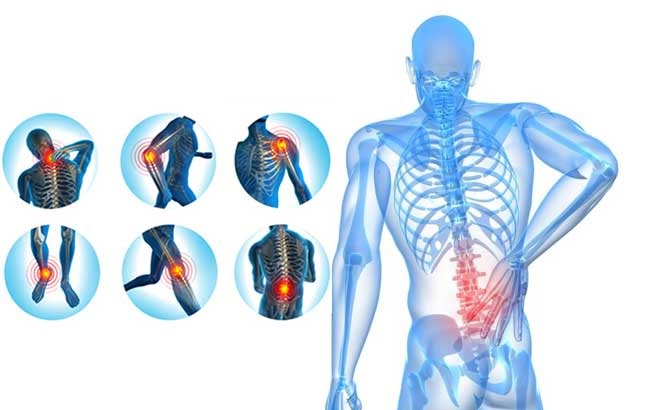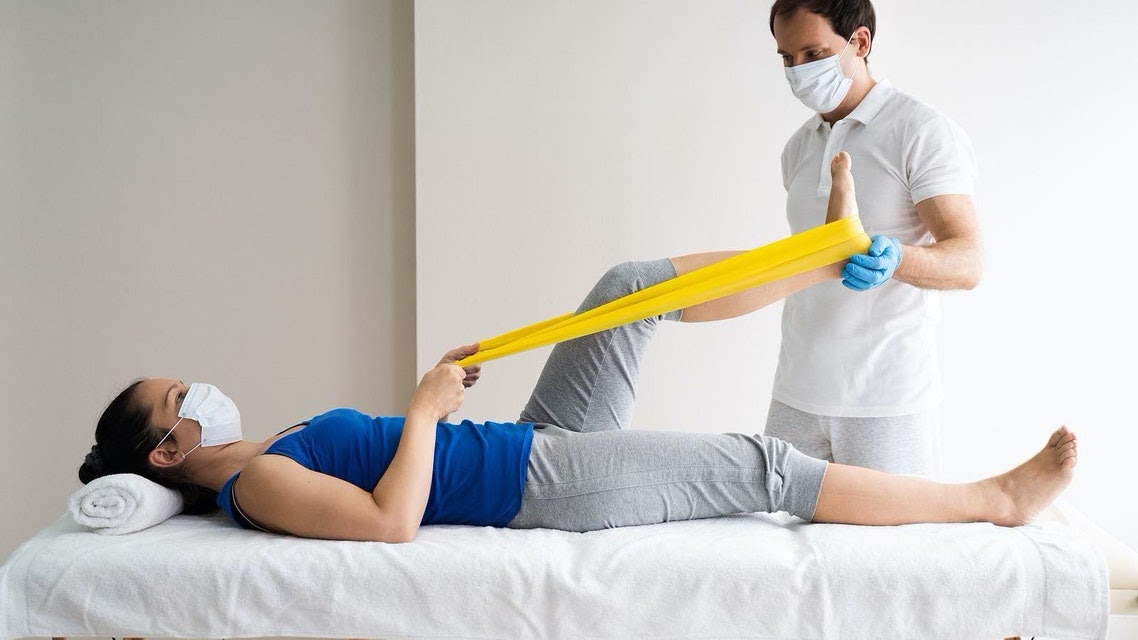Physical therapists assess and treat aberrant physical function as a result of an accident, disability, disease, or condition, for example Visit website.
A physical therapist is a trained and licensed medical professional who has experience identifying physical abnormalities, restoring physical function and mobility, preserving physical function, and promoting physical exercise and optimal function.
Outpatient offices, private practices, hospitals, rehab facilities, nursing homes, home health, sports and fitness settings, schools, hospices, occupational settings, government agencies, and research facilities are all places where licensed physical therapists can be found.
In this article, Dr Atik Mulla who is working with one of the best physiotherapy clinic in Mumbai will discuss everything you should know about physiotherapy.
What Should You Expect?
A physical therapist assists patients in all stages of recovery, from the initial diagnosis to the restorative and preventative stages.
Physical therapy can be used alone or in conjunction with other treatments.
Some patients are referred to a physical therapist by their physician, while others seek treatment on their own.
Regardless of how a patient arrives at a physical therapist’s office, they can anticipate to:
Undergo a physical examination and evaluation, which will include a health history and various testing techniques, such as a posture, movement, and flexibility evaluation, as well as muscle and joint motion and performance evaluation.
Get a clinical diagnosis, prognosis, treatment plan, and short and long-term objectives.
Based on the therapist’s assessment and diagnosis, receive physical therapy treatment and intervention.
Get suggestions for self-management.
Patients frequently work with a physical therapist on exercises that they can do at home to improve their function.
Types

A variety of therapies can be used to treat a number of diseases, just as they may in any medical profession.
- Musculoskeletal injuries including the muscles, bones, ligaments, fascias, and tendons are treated with orthopedic physical therapy. Fractures, sprains, tendinitis, bursitis, chronic medical disorders, and rehabilitation or recovery from orthopedic surgery are among the conditions for which it is appropriate. Joint mobilizations, manual therapy, strength training, mobility training, and other modalities may be used to treat patients.
- Geriatric physical therapy can help elderly individuals with illnesses like arthritis, osteoporosis, Alzheimer’s disease, hip and joint replacement, balance difficulties, and incontinence that impact their mobility and physical function. This sort of treatment seeks to improve mobility, decrease pain, and improve physical fitness.
- People with neurological illnesses and diseases such as Alzheimer’s disease, brain injury, cerebral palsy, multiple sclerosis, Parkinson’s disease, spinal cord injury, and stroke can benefit from neurological physical therapy. The goal of treatment could be to improve limb responsiveness, treat paralysis, and reverse muscle atrophy by lowering muscular atrophy.
- Some cardiac illnesses and surgical treatments can benefit from cardiovascular and pulmonary rehabilitation. Physical endurance and stamina can be improved with treatment.
- Developmental delays, cerebral palsy, spina bifida, torticollis, and other musculoskeletal problems are among the disorders that pediatric physical therapy tries to identify, treat, and manage in newborns, children, and adolescents.
- Wound care therapy can aid in the delivery of appropriate oxygen and blood to a healing wound through increased circulation. Manual therapies, electromagnetic stimulation, compression therapy, and wound care may all be used in physical therapy.
- Vestibular treatment is used to treat balance issues caused by inner ear diseases. Vestibular physical therapy entails a variety of exercises and manual approaches that can assist patients in regaining normal balance and coordination.
- Decongestive therapy can help individuals with lymphedema and other fluid-accumulating diseases.
- Pelvic floor rehabilitation can help men and women who have urine or fecal incontinence, urine urgency, or pelvic pain as a result of trauma, surgery, or other illnesses.
Apart from physical manipulation, physical therapy treatments may include:
- Ultrasound, which heats the tendons, muscles, and tissues to increase blood flow and healing.
- Phonophoresis is a technique that employs ultrasound to administer drugs like topical steroids. Inflammation may be reduced as a result of this.
- Electrical stimulation, or E-stim, is a pain-relieving and functional-enhancement technique that uses topical electrodes on the skin.
- Transcutaneous electrical nerve stimulation is one type of E-stim (TENS). Anti-inflammatory medicines are sometimes utilized with specific E-stim methods, which is known as iontophoresis.
- Heat, moist heat, and cold therapy are all options.
- Special lights and lasers are employed in light therapy to treat certain medical disorders.
The physical therapist will suggest the best course of action.
Obtaining the services of a physical therapist
A variety of considerations, including insurance acceptance, speciality and reason for treatment, and geographic proximity, can all play a role in finding a good physical therapist.
Physical therapy locations that participate in certain health plans are frequently listed by insurance providers. Other healthcare providers in the region may have a list of therapists they recommend. If you are looking for physiotherapy in Mumbai then Dr Atik Mulla who is working with one of the best physiotherapy clinic in Mumbai is the best option for you.

